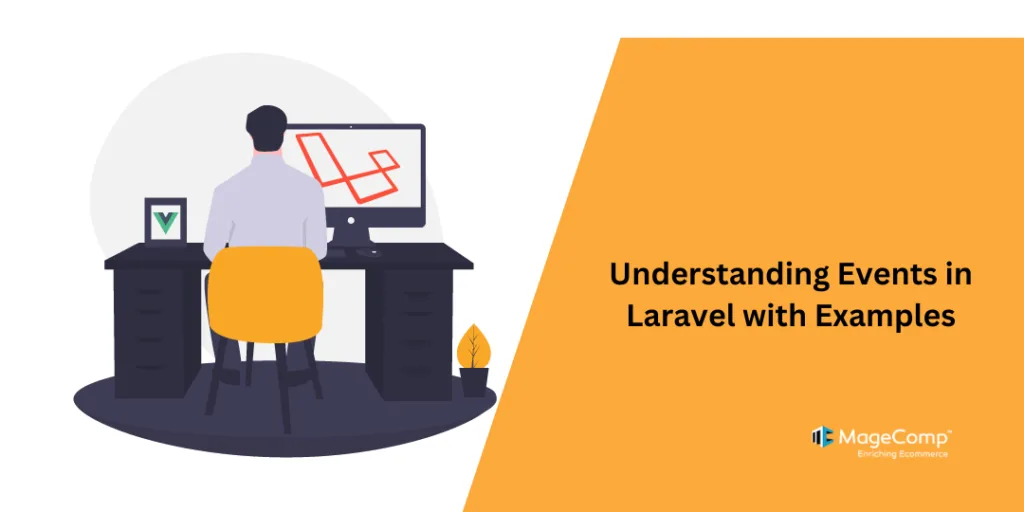Laravel, a powerful PHP framework, comes equipped with various features that streamline the development process. One such feature is the Event system, which allows you to implement the Observer design pattern effortlessly. Events and listeners provide a clean and organized way to handle application events asynchronously. In this blog post, we will explore the concept of events in Laravel and illustrate their usage with a practical example.
What are Events in Laravel?
Events in Laravel are a mechanism for announcing and responding to specific actions or occurrences within an application. These events allow different components of your application to remain loosely coupled, enhancing flexibility and maintainability. When a particular event occurs, Laravel triggers the event, and registered listeners respond to it.
Anatomy of an Event
An event in Laravel is represented by a PHP class that typically resides in the app/Events directory. The event class extends Illuminate\Foundation\Events\Event and may contain any additional data that needs to be passed to its listeners. Here’s a basic example:
// app/Events/UserRegistered.php
namespace App\Events;
use Illuminate\Foundation\Events\Dispatchable;
use Illuminate\Queue\SerializesModels;
class UserRegistered
{
use Dispatchable, SerializesModels;
public $user;
public function __construct($user)
{
$this->user = $user;
}
}
In this example, the UserRegistered event carries information about a newly registered user.
Listeners in Laravel
Listeners are classes that respond to specific events. These classes contain the logic that should execute when the associated event is fired. They can perform tasks such as sending emails, logging information, or any other custom actions.
// app/Listeners/SendWelcomeEmail.php
namespace App\Listeners;
use App\Events\UserRegistered;
use Illuminate\Contracts\Queue\ShouldQueue;
class SendWelcomeEmail implements ShouldQueue
{
public function handle(UserRegistered $event)
{
$user = $event->user;
// Your email sending logic here...
\Log::info("Welcome email sent to {$user->email}");
}
}
Here, SendWelcomeEmail is a listener that sends a welcome email to a user when the UserRegistered event is fired.
Registering Events and Listeners
To make Laravel aware of your events and listeners, you need to register them in the EventServiceProvider.
// app/Providers/EventServiceProvider.php
namespace App\Providers;
use App\Events\UserRegistered;
use App\Listeners\SendWelcomeEmail;
use Illuminate\Foundation\Support\Providers\EventServiceProvider as ServiceProvider;
class EventServiceProvider extends ServiceProvider
{
protected $listen = [
UserRegistered::class => [
SendWelcomeEmail::class,
],
];
// ...
}
In this example, we tell Laravel that when a UserRegistered event occurs, the SendWelcomeEmail listener should handle it.
Dispatching Events
To trigger an event, you need to dispatch it within your application logic. This is typically done after the relevant action has taken place, such as a user registration.
// In your UserController or RegistrationController
use App\Events\UserRegistered;
public function registerUser()
{
// Your user registration logic...
// Dispatch the event when the user is registered
event(new UserRegistered($user));
// Redirect or perform other actions...
}
In this example, the UserRegistered event is dispatched after a user is successfully registered.
Conclusion:
Events and listeners in Laravel provide a powerful mechanism for handling application events in a decoupled and modular way. By understanding and utilizing this feature, you can enhance the flexibility and maintainability of your Laravel applications. The provided example demonstrates a simple use case, but the possibilities are vast, allowing you to build robust and scalable applications with ease.
Hire a Laravel Developer for the custom requirements of your web application.
